

billfl
-
Posts
21 -
Joined
-
Last visited
-
Days Won
1
Content Type
Profiles
Forums
Gallery
Posts posted by billfl
-
-
33 minutes ago, Apigo200x said:
hello
yes but so you think that engine 2.7 is more eco than 2.0 ?
Is there something mechanically wrong with the current engine thus requiring a swap? If no, then let's consider you get a 5mpg increase in mileage (doubtful but I'll play along)
Let's then consider that you drive 15k miles per year.
25 mpg (my average) is 600 gallons @ $2.50 per gallon = $1,500 per year
30mpg (doubtful but we'll play) is 500 gallons @ $2.50 per gallon = $1,250 per year or a savings of $250 per year
Now, if you aren't going to do the swap yourself, and need to source it, and want a good engine, and need the computer mods, you're probably looking at around $5,000 give or take. Your RoI (return on investment) of $5,000 cost divided by $250 annual savings would occur in 20 years.
Now let reality really hit, in order to get a 2-ton vehicle rolling (torque is needeed) you will have to hit boost sooner with smaller engines, so a custom tune would be needed, and you would have to move that 1.6 engine into premium gas so any mpg gains would be lost by having to get good gas. You could ill afford to have the timing retarded. In fact, premium where I live is about 40 cents or more per gallon vs the crap gas, (87 octane) so in the example above, the 500 gallons would cost $1,450 per year for a savings of $50 per year thus moving the ROI to 100 years.
If your engine is OK, and you are looking for huge mpg gains, then you bought the wrong vehicle. If 1 or 2 mpg gain is enough then
A: change your driving style
B: choose low resistance tires (cost more) and overinflate from factory spec
C- replace air filter with a K+N
D- heat is the enemy of engines. free up your intake/exhaust flow, get a custom tune on the computer tuned for 91 octane or higher so timing doesn't retard which causes an engine to run hotter. When i put custom tunes into my vehicles, free up the air flow (intake and exhaust) I not only get more power, but better mpg. But, the trade-off in using better fuel (this is going to cause the 87 octane folks to crap on me) ends up costing more out of pocket, but you don't look to save $$ when performance is the goal.
-
 1
1
-
-
-
loosely reinstall splash shield with 3 screws on each side
cut access hole for eye
finish securing the splash shield
total cost= less than $5 to install something that Ford should have included
NOTE: do not confuse these as being tow hooks as they are not. They are for lashing cargo when fron tie-down points are needed
-
Remove front bolt frome each side
purchase qty 2 stainless steel eye bolts (I used 1/4 inch) so it would pass through the hole as Ace didn't have metric (eye bolts come with a nut) 3 -1/2 inch size
purchase qty 2 stainless lock nuts
purchase qty 2 stainless lock washer
thread nut all the way to the eye, slide lock washer on top of nut
insert bolt into hole and secure top with lock nut
thread nut/lock washer and tighten
repeat on other side
-
I found it hard to believe that I couldn't continue to do the things that I like just because I now drive an Edge. My bike rack wouldn't work due to the spolier, so I installed a Curt hitch and got a rack for the hitch/receiver. Next up was the need to tie the front and back of my canoe. The back probem was solved with the hitch/receiver but the front needed a remedy.
Well, about an hour of time (including the run to Ace hardware) and I now have 2 tie down eyes connected to a solid point on the vehicle.
Tools needed
5.5 mm socket
7 mm socket
10 mm socket
(wrench or socket depending on size nut purchased at hardware store)
flat balde screwdriver (for popping off qty 2 push connectors)
tin snips or really heavy duty scissors
Difficulty level- not at all
First remove the splash shield from beneath the front of the car using the 5.5 and 7 mm sockets and removing the @2 push connectors
locate the 2 bolts on each side in the picture below. They screw into the metal beam for the front bumper (solid surface)
-
17 hours ago, Nick Halstead said:
it still sitting on the clear coat, which will create friction, which will induce marring and scratching to the paint and the heat will possibly create premature clear coat failure
16 hours ago, Chipster said:Bill, you mention that the canoe only weighs 50#. Don't forget the wind load while in transit may double that. Those foam blocks will turn into sanding blocks with the least bit of grime between them and the vehicles clear coat.
thanks for the concern. I transported it with blocks on the roof of my Mustang for years. Not a lick of problems and that is a Ford as well, and I'd hope the 2 stage finsih that Ford uses today is at least of similar quality.
-
4 hours ago, evh said:
We bought a used 2016 last summer that is still under warranty. Ever since we got it, the brakes will send you through the windshield. I have never ever been in a car where they are so grabby. Every time. I searched the forum and found the following info below. Does anyone know if this has been extended past the 3/23/2016 build date? As mine was built a few months after that. Any other info you can share? I want to be loaded with information before I hit the dealer up.
Thx.
Overly Sensitive Brake Application At Low Speed And/Or In Cold/Wet Conditions – 2015-2016 Ford Edge & 2016 Lincoln MKX
oemdtc June 2, 2016 Diagnostic Tips
2015-2016 Edge And 2016 Lincoln MKX – Overly Sensitive Brake Application At Low Speed And/Or In Cold/Wet Conditions – Built On Or Before 3/23/2016
Some 2015-2016 Edge and 2016 Lincoln MKX vehicles built on or before 3/23/2016 may exhibit overly sensitive brake applications. This will typically occur at low speed and/or in cold/wet conditions.
To correct the condition, install an updated brake booster with part number F2GZ-2005-F (only 2.0L GTDI with 17” rotors) or F2GZ-2005-E (all except 2.0L GTDI with 17” rotors).
PART NUMBER PART NAME
F2GZ-2005-F Brake Booster 2.0L GTDI with 17” Rotors
F2GZ-2005-E All Except 2.0L GTDI with 17” Rotors
Refer to Workshop Manual, Section 206-07.replacing the booster (the "power" in power brakes) would make sense if the new booster is more progressive or requires more foot/pedal pressure. If you think about how brakes work (hydraulics), the booster would be the only culprit unless of course every caliper is "stuck" until x amount of pressure is applied and then they fully engage (what are the chances of that)
The other option is adapt to the nuance.
-
15 hours ago, Nick Halstead said:
please don't tie it so the ties rub on the clear coat, that is just asking for trouble.
If my eyes don't deceive me, in that picture, there is a plastic/vinyl protector on the rope that touches the hood
-
17 hours ago, onyxbfly said:
I don't have a front license plate bracket. I'm going to put it on the ramps and take off the plastic shielding to see what's there. The canoe weighs a whopping 50 pounds so the foam blocks on the gunwales will work just fine
-
I have an aftermarket hitch receiver so I have a tie-down point in the back. For the life of me, I can't figure out how to tie down in the front? I see nothing that can be used
-
here are the LEDs that are on the hitch. 3M spray adhesive is what I use on the back of all LED installations on vehicles. They are on when the lights are on and are NOT also wired to the brake. I did not buy dual mode LEDs. (For my motorcycle, absolutely ) Wiring dual-mode would not have been any more difficult. I just would have also tapped into the brake light on the left tail light assembly
-
 1
1
-
-
On 1/18/2019 at 10:12 PM, EliasCC512 said:
Hi guys!
I just bought a 2018 SEL and realized that the rear light bar on the trunk lid doesn't light up light the Platinum trim. So my question:
- Has anyone here swapped out their non-working light bar with a functioning light bar? (I have an option to buy a light bar from a 2018 Platinum Trim Model)
- If so, care to share the details?
Thanks in advance!
if you just want more visibility in the rear for oncoming traffic, why not some strips of red LEDs? I put these on my hitch
-
On 1/25/2019 at 12:49 PM, fishx65 said:
Does the Curt still hang to low like it did on 2011-2014 Edges? I always liked how you could only see the receiver on the Hidden Hitch models.
you can see the crossbar which to me is no big, deal but Baskin Robbins had 31 flavors for a reason. I used the bar a place to mount red LED strips so now I have aalmost 4 feet of red LEDs in the back of my vehicle. As a rider, I have my motorcycle lit up like a XMAS tree and add LEDs to all of my 4 wheel vehicles too. Between texting/Facebook distracted drivers and the abundance of elderly here, I'll do as much as possible trying to grab a drivers attention
-
1 hour ago, quincy said:
Bill,
I hope your correct. I do appreciate your input. I don't feel I'm being 'hysterical', just cautious, and not very trusting.
I worked in the big three (including Ford) for a total of 35 years. Engineering and Design....I know how they operate. I've seen 'blind eye' decisions made based on the almighty dollar.......
Understand, I never received a logical answer from the Ford Dealership on what went wrong to cause the primary 'loss of brake pedal' issue.
After 5 weeks in the Ford Dealership shop they became 'parts changers', returned the vehicle to me with the same condition, stating this is the 'new normal'.
I would not accept that 'repair answer' and handed the keys over to the service manager telling him to let his wife drive the car for a month.
In the meantime my daughter received a recall on her Honda van, which uses the same Tier One Brake Supplier Ford uses, Akebono.
Same caliper set up, same basic parts. It seems that some internal components to the hydraulic system are 'off gassing' in some way. thus introducing air into the system.
A special brake bleed procedure is necessary to remove this air. I call this discovery 'good Karma' and a warning of a 'system issue' which may be covered up.
I would recommend a preemptive brake bleed to any one with a Ford Vehicle to help prevent this from occurring to them. This service can be performed at any Ford Dealership for under $100.00.
I was lucky I could pull over to the shoulder.....there will be those who will not have that option.
as is now apparent with the Takata fiasco, auto mfrs do not make all of their own parts. Many are outsourced and common across various platforms.
Heck, I had to replace a clutch master cylinder 4 times in a Honda Accord. No matter what "brand" was on the purchased part, it was sourced by the same Chinese manufacturuer and the same bolt sheared off of 3 replacement master cylinders thus causing a loss of all fluid and the clutch would not disengage. There are some junk parts out there and you might have had one which gave up the ghost. Then, stir in a newb tech who didn't properly bleed brakes and your story of woe grew. Any service writer who tells you that a spongey brake pedal is normal, needs to go back to a job asking ..."paper or plastic" ?
-
brakes are a closed, hydraulic system. If air was introduced into the system, then there is/was a leak somewhere. Here's a tip, if you ever again run into a situation of the pedal going to the floor and it hasn't been slowly progressing to that, pump the brake pedal. There is nothing sinister going on here. A part failed, upon repair, the lines were not properly bled. You press on pedal(who cares if it's power assisted), fluid is pushed toward the calipers which in turn push upon the pads which engage with the rotating rotors to slow the vehicle.
If the pedal provides little resistance, then you have air in the lines. Again, it's hydraulics, not rocket science. No need for getting hysterical. It is up to we the owners/operators to get some basic knowledge of important items such as the engine needs oil and we should manually check it. The tires need air and again, manually check them. Brakes need fluid and you guessed it etc etc
Our lives and our passengers' lives depend upon it, and the responsibility begins with the person in the mirror
-
reseller was Etrailer dot com
I installed it myself with the aid of a bottle jack. The only addition that I would make to the instructions is to also remove the muffler heat shield. That makes it easier to reinstall the back valence.
I also installed red LED strip lighting across the hitch. Being in FL, having as much rear lighting as posssible is a good thing.
I tapped into the left tail-light and fished 2 wires down to the hitch/receiver.
Total time including wiring, setup and cleanup= 2 hours.
-
On 1/2/2019 at 6:03 AM, omar302 said:
I don't think that is normal. Better have it checked by a dealer.
what he said
I rent a bunch of different cars as I travel a lot and none exhibit what you describe. I've only had the Edge for a month and it doesn't do what you describe
A ton of items are now computer controlled and it's almost like a sensor is delayed in sending a signal
-
5 hours ago, TheWizard said:
Occasional knocking under load is not damaging to an engine but persistent knocking can become a real problem. As akirby indicated, using higher octane in those situations is definitely a good idea.
On the other hand, using higher octane because the engine can adapt to it and produce more power is not necessarily a good thing. You have to remember that it's not horsepower which makes a car feel fast - it's torque that does that. Horsepower gains from timing advance occur high in the RPM range. The difference can be a couple of tenths in the quarter mile but it's something that most non-competition drivers will never even notice. Add to that the cost differential between 87 and 91 octane fuels which is 65 - 70 cents per gallon around here now, and you have a very bad return on investment for the majority of drivers. Even if you drive competitively or need more octane for occasional towing, it would be better for your wallet to run regular most of the time and switch to premium only when needed.
Also, up until the early 90s, Amoco (and BP after they bought Amoco) produced a higher octane gas called Amoco Ultimate which was refined an additional step to produce a gas which was clear rather than the slightly yellow color of normal gas. That was the exception to "all base gas is the same" but it hasn't been produced for over 20 years.
Torque is a wonderful thing especially on my V-Twin motorcycle with 2 big jugs, but it doesn't rev very high. As for systems that adapt to higher octane, advancing the timing will result in increased cylinder pressure which in turn generates more torque. IDK how Ford does it with their computer and whether or not they also increase boost when higher octane is introduced and more boost also increases torque (does anyone here know?). Without knowing about boost, timing, when advanced for higher octane fuel, will increase torque thanks to increased pressure.
I love these types of discussions as we all benefit from each other.
Off topic and I guess I'd best read my owners manual but does Ford state not to use synthetic motor oils? Reducing friction (synthetics) is wonderful for an engine be it longevity as well as performance. I can't imagine a mfr stating that we can't use it. But then again, these are the same folks who go direct injection and don't add an oil separator to the engine.
-
 1
1
-
-
17 hours ago, TheWizard said:
Octane and fuel quality are indeed two separate things. There are also a couple of other specifications of gasoline which affect performance and are independent of octane rating. Octane is just a measure of the fuel's resistance to pre-ignition (known as "knocking" or "pinging" because of the sound created when fuel doesn't ignite smoothly when the spark is applied). Octane by itself has absolutely nothing to do with performance or fuel efficiency and higher octane is not "better gas". However, some modern computerized engines have the ability to advance their ignition timing in response to detecting higher octane and this change in timing can improve both performance and efficiency. If a particular engine doesn't have that timing change ability then using higher octane fuel is simply a waste of money.
Ethanol blending has a significant impact on both performance and mileage. Ethanol has about 33% less energy by volume than gasoline so any ethanol blend will cause lower performance and mileage compared to pure gasoline. Ethanol also raises octane and RVP so its exact impact can be difficult to determine.
RVP (Reid Vapor Pressure) is a measure of the volatility of fuel... its tendency to evaporate. It is measured in PSI with higher numbers being more prone to evaporation. In general, winter gas has an RVP of 9.0 while summer gas is usually RVP 7.8. Winter gas is blended with butane which is plentiful and inexpensive but has a high RVP. Summer gas can't take the volatility of butane so it contains much less and is therefore more expensive. But butane also has less energy content by volume so winter gas, although cheaper, produces less performance and mileage.
Basic gasoline is the same regardless of which refinery produces it. It's the additive package which makes the difference. In fact, in many areas the base gasoline for all local stations (regardless of brand) comes from a single refinery or terminal. The additives for each brand (BP, Exxon, Shell, etc.) are added to the tanker truck when it picks up a load at the terminal as appropriate for the brand of station it is delivering to. All gasoline in North America must have a certain minimum standard additive package but the big brand names and Top Tier fuel providers add significantly more (and different) additives to improve their fuel and differentiate themselves from the competition.
For those compouters which do not adapt to octane changes, one could always install a customized tune which advances ignition timing but then you must keep using the octane level fuel for which the tune was created. Another notable item is that engines with significantly retarded timing (think 87 octane and going up hills or full of passengers) tend to run hotter. Heat is the enemy. It comes down to individual choices much like how often does one, if ever, flush their coolant, flush their brake lines, change their oil, use synthetic oil vs dino oil
etc.
My personal choice, if an engine is capable of producing more power and being more responsive with premium, then premium it is for me.
I've torn down enough engines and replaced enough components to see the results of being penny wise, but pound foolish.
-
I just picked up a new 2018 SE a month ago.
I only put about 7k miles per year on my vehicle (about 5k on the motorcycle) as my vehicles spend a lot of time in the airport garage
Anyway, the rear main seal was leaking on my prior vehicle and I wasn't in the mood to replace it as well as the few other items needed.
I got the SE for $20k before taxes and state fee so how could I not buy it !!

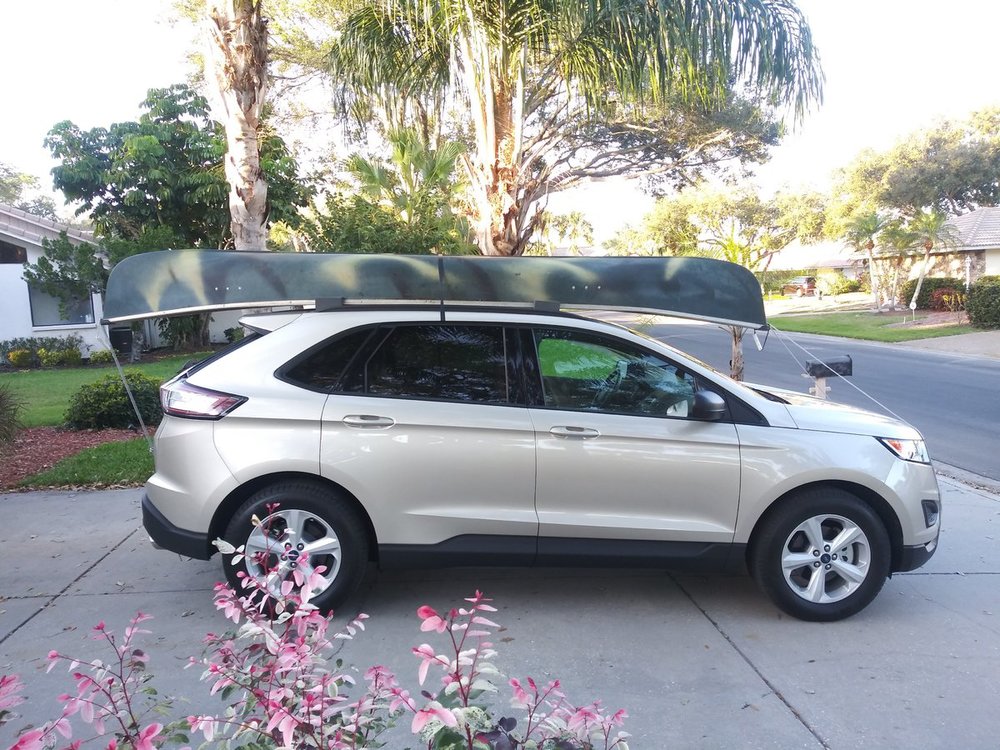
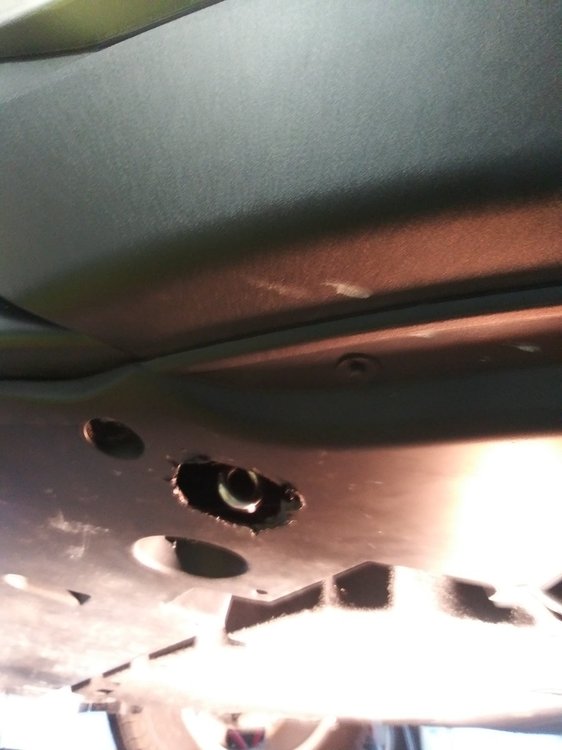
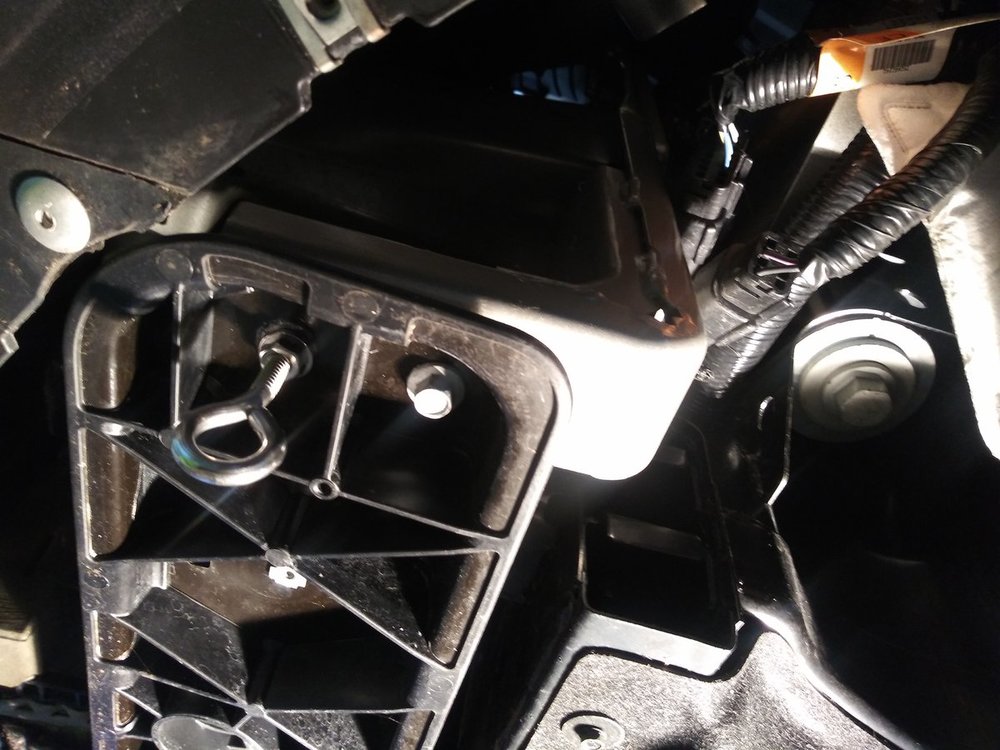
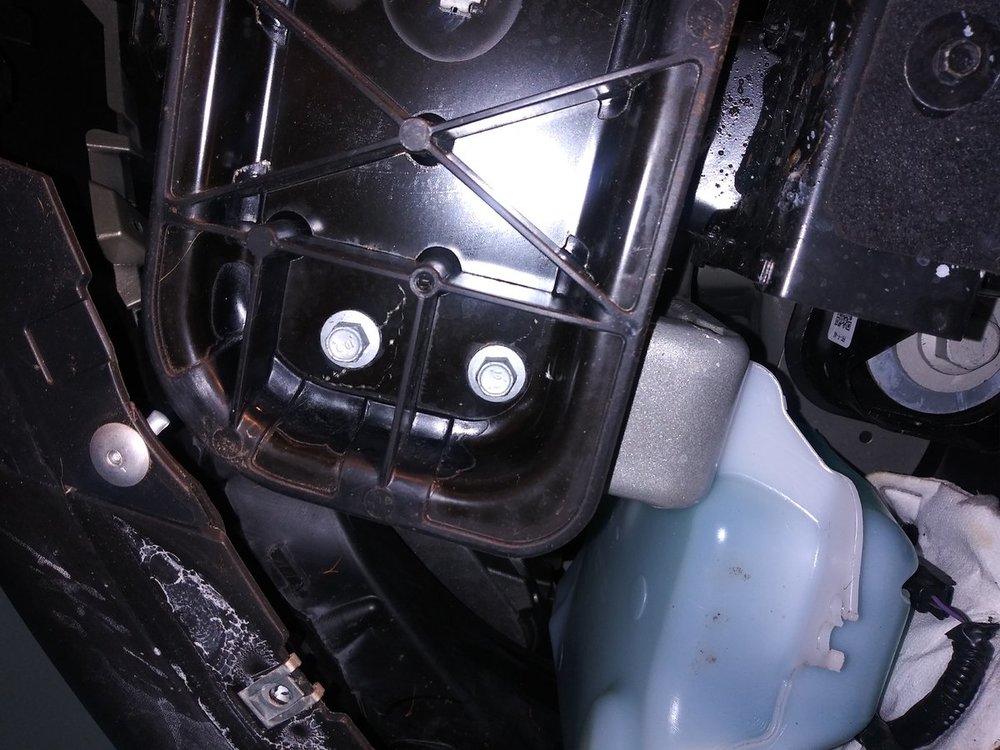
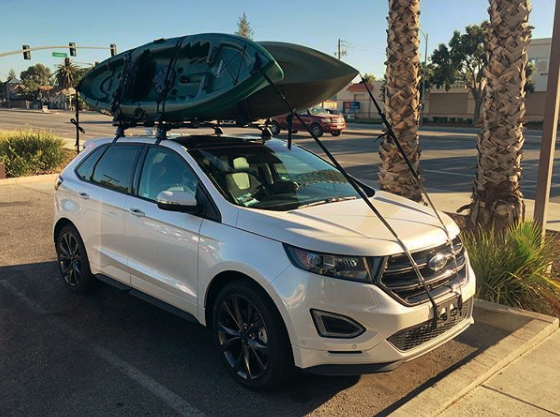

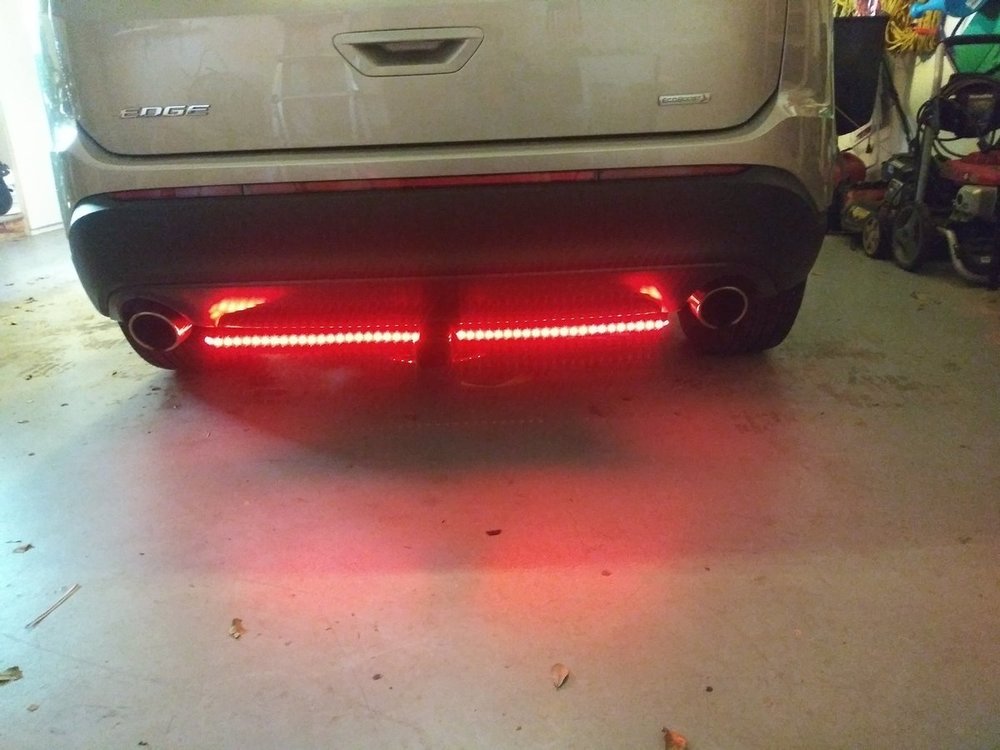
2016 Ford Edge engine swap 2.0 to 1.6
in Ford Edge & MKX Member Builds
Posted
I must address the 800-pound gorilla in the room. Are you playing us?
A question was posed; is there something mechanically wrong with the current engine?
You've provided hardly any details. Real details would be: Hi, I currently get around 25mpg in mixed driving in my 2xxx Edge with the 2.0 ecoboost. I would like to achieve 35mpg, how do I do that?
We of course would then suggest to you to buy a hybrid, or only drive downhill.
Some of us here have a lot of experience modifying and working on various types of vehicles. Most of us here enjoy helping each other. Direct questions have been asked of you including working out an RoI, yet your replies ignore that. If you are sincere and seek help/opinions, then please re-read through every post and reply to the questions which have been posed
cheers